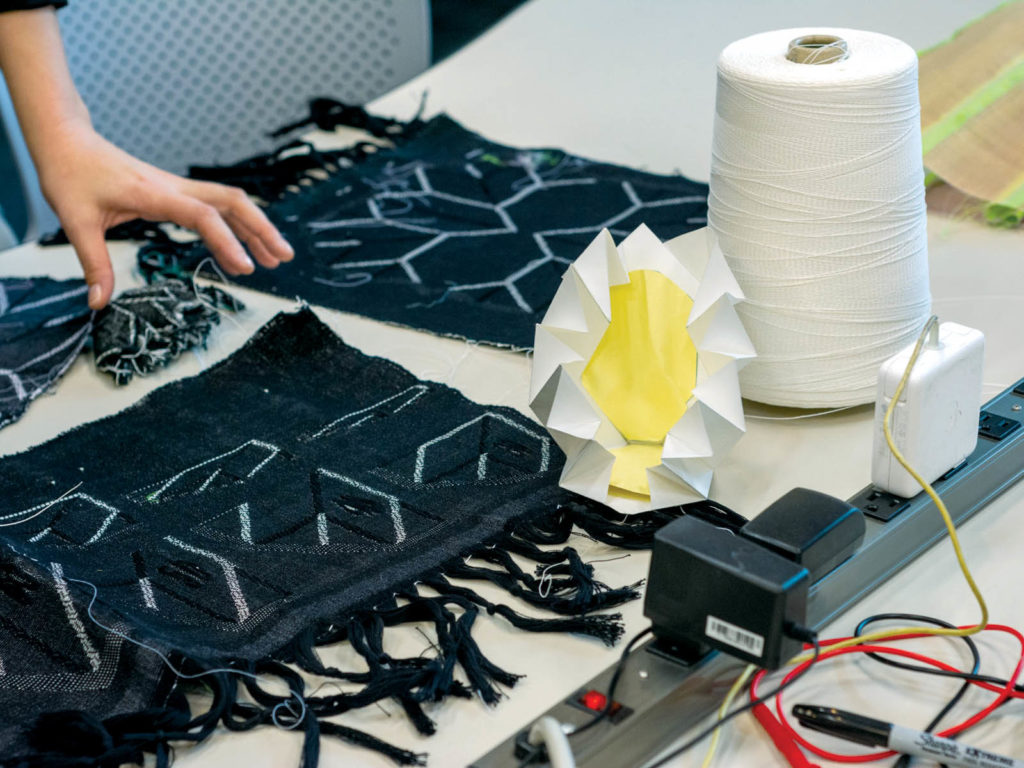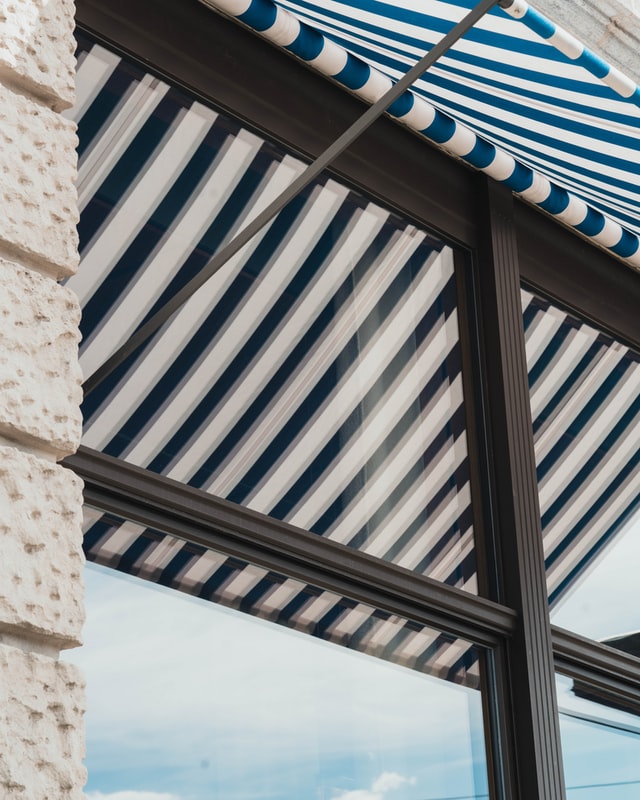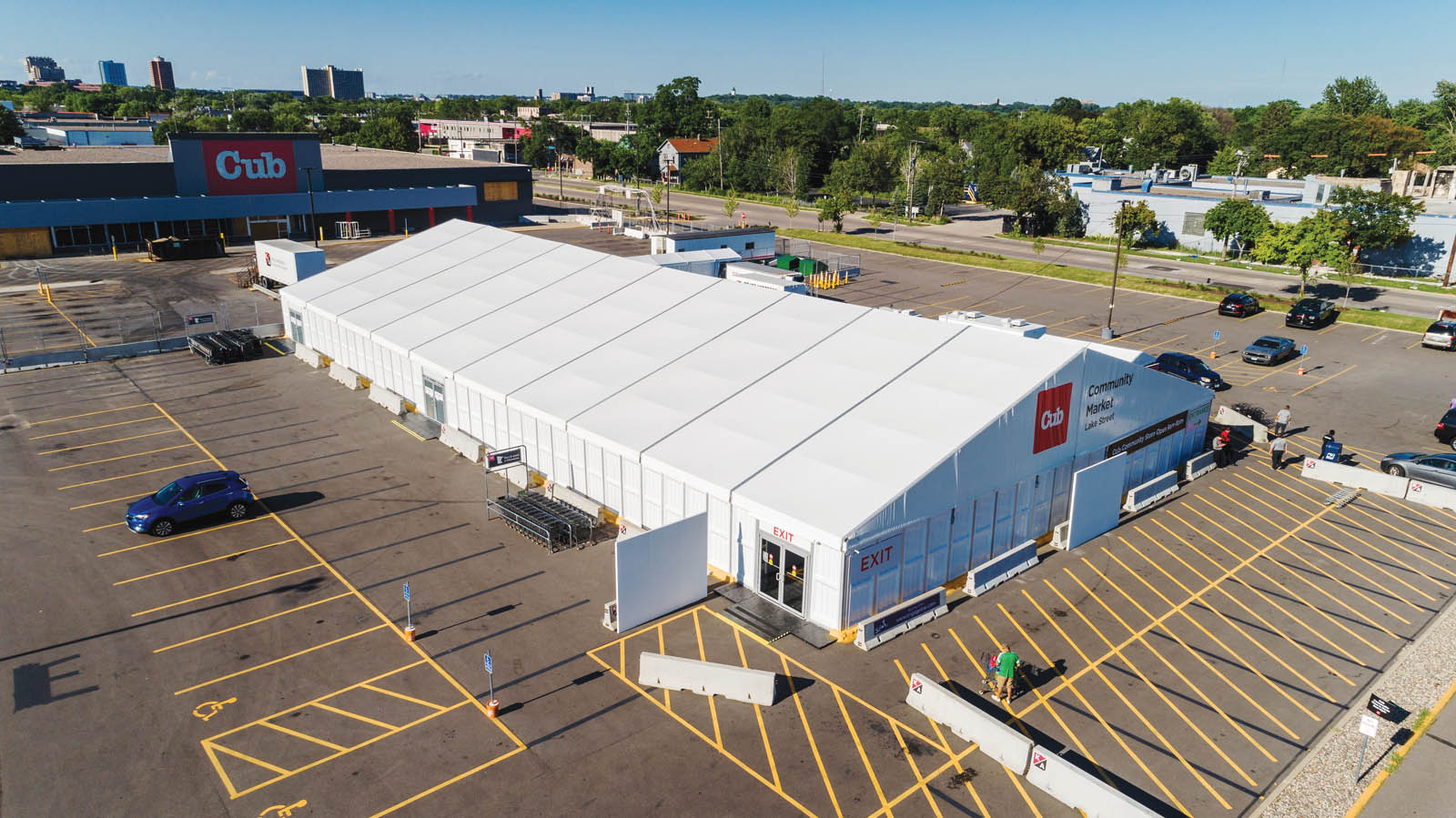For most of us technology becomes part of our day almost from the moment we wake up. At the Simon Fraser University School of Interactive Art and Technology (SIAT), researchers are weaving “threads” of Wi-Fi into fabric as a way of pushing boundaries to further understand how technology impacts our lives.
Doenja Oogjes, who recently earned her Ph.D. from SIAT, combines textiles with technology to investigate how we shape our relationships with connectivity. Oogjes’ research focuses on the relationships between humans, things, and our environment. As these relationships continue to grow, her interest in exploring them through textile fabrication led to the design and creation of two projects—one, a textile Wi-Fi antenna, and another project called “Wifi-no-Wifi.”
The antenna, created by weaving a conductive material directly into a tapestry fabric, was conceived as a way to understand our relationship with home routers and the internet. Typically, devices like home routers or modems are hidden as they can be visual eyesores.

Photos: Simon Fraser University
Oogjes created the first woven prototypes and the team is continuing to work on the project with Milou Voorwinden, a jacquard weaver at the Dutch-based EE Label, with other team-members including SFU student Henry Lin.
The Wifi-no-Wifi project involves a play on the idea of the Internet-of-Things (IoT). IoT devices are everyday items that have smart functions built into them, like light bulbs or smart home speakers. Oogjes worked with Pauline van Dongen, a fashion designer and postdoctoral researcher at Eindhoven University of Technology, to design a woven, flower-like object with an origami structure that pops open when it detects that there are no nearby wireless networks around it.
The idea behind the piece is to understand how a person would care for it—either to actively open the object or to keep it closed. “We wanted to think about what it’s like to carry something with you that has the potential to surprise you,” says Oogjes. “We wanted to play with the idea of care and awareness around how much connectivity there is around us in our everyday society.”








Leave A Comment